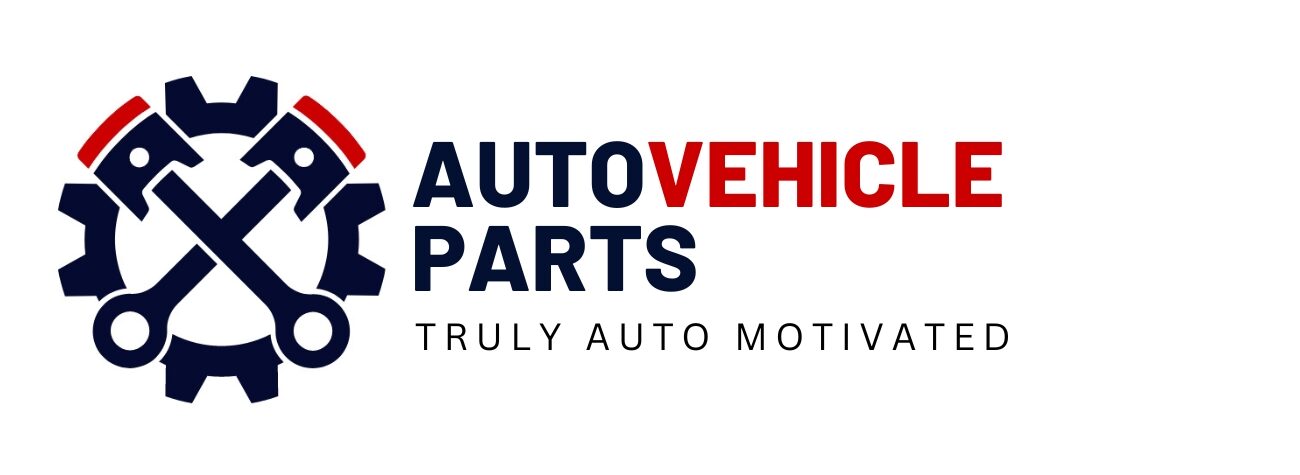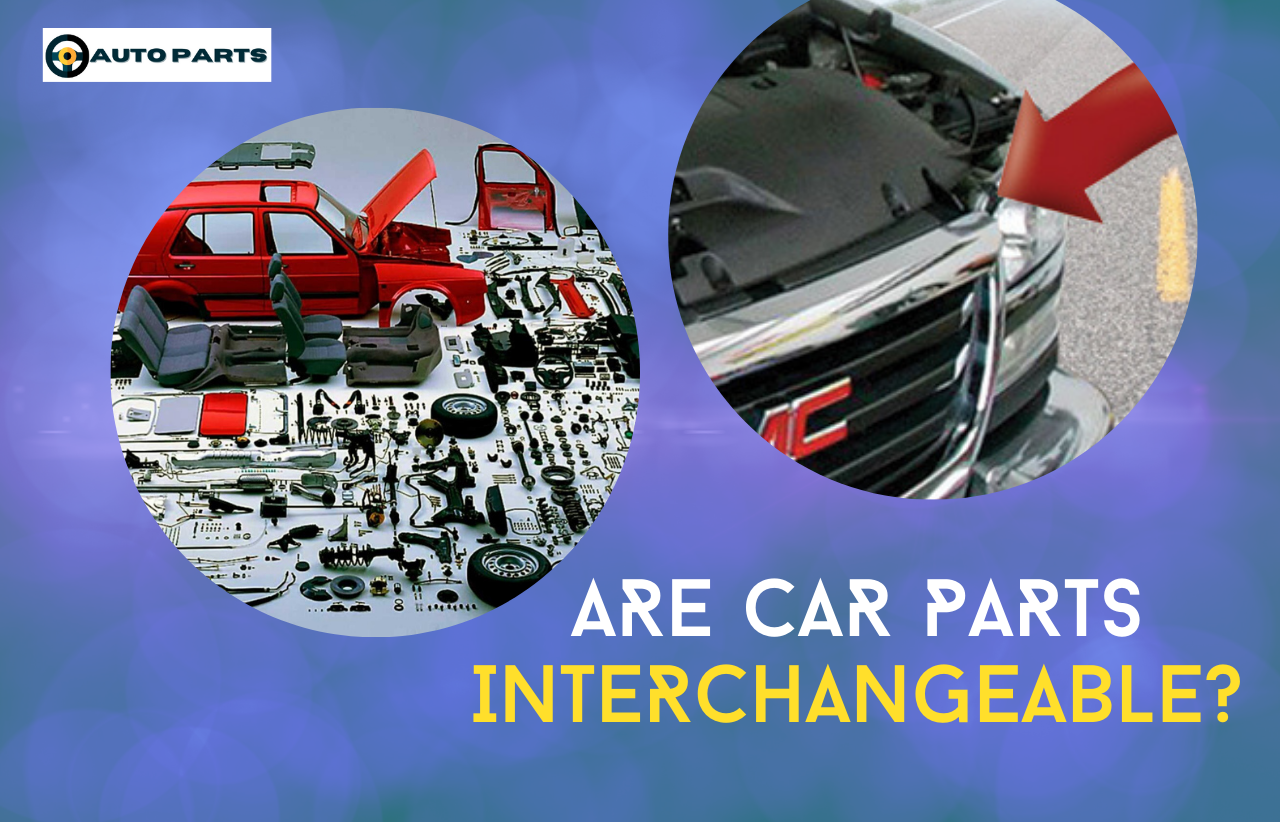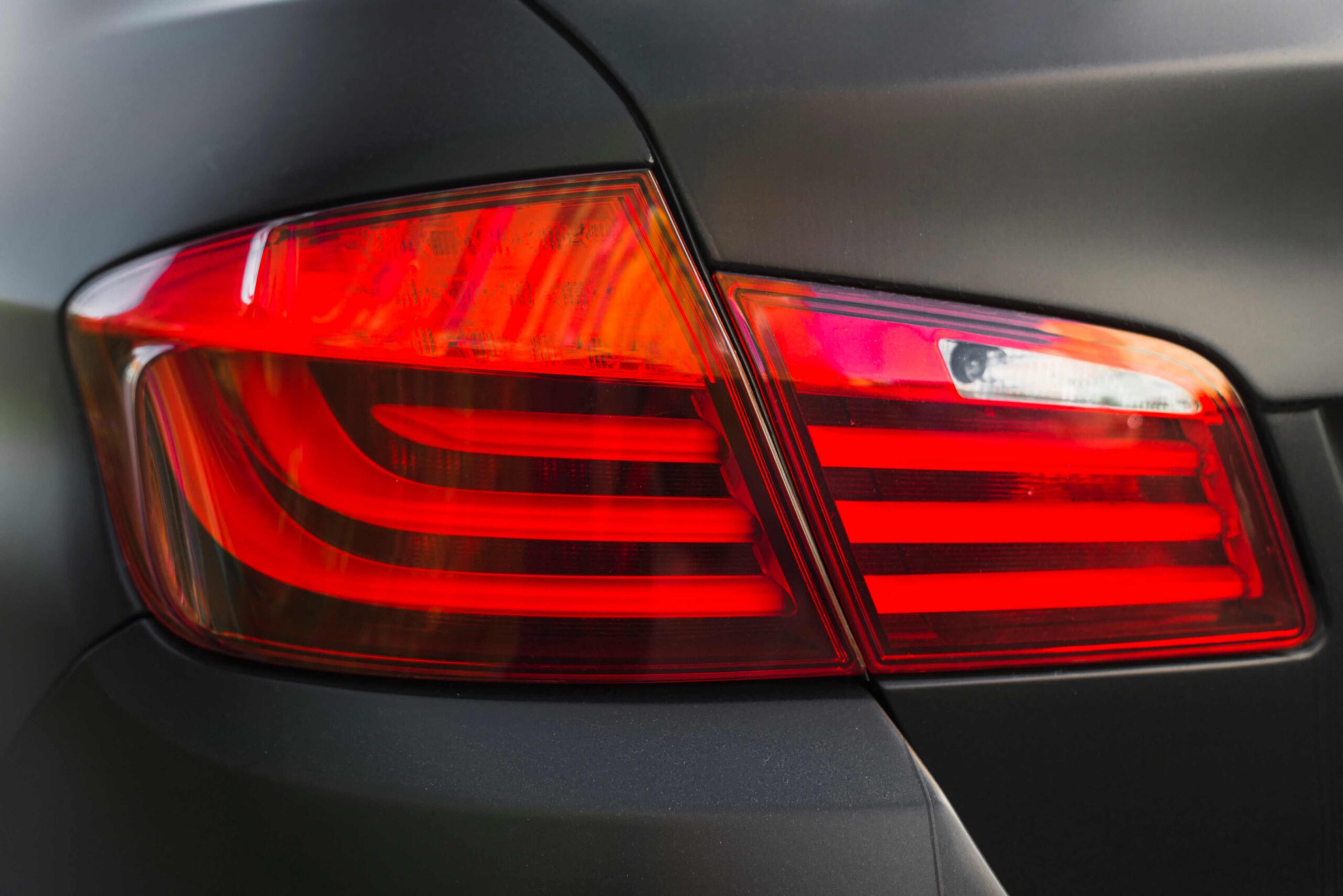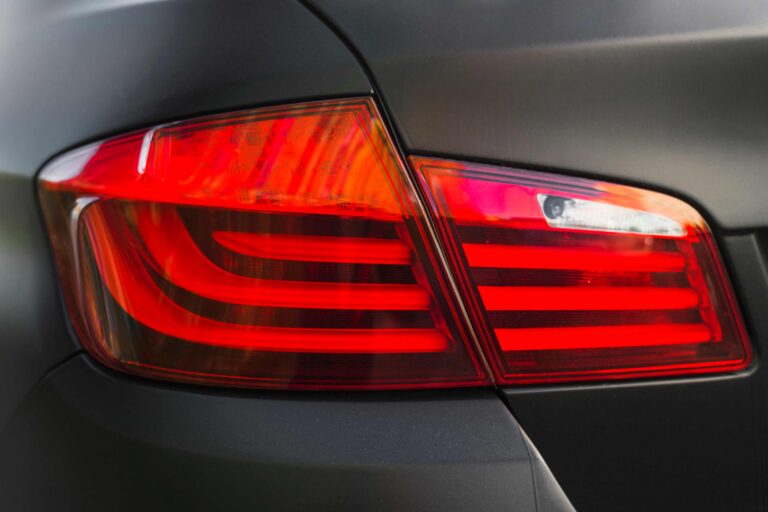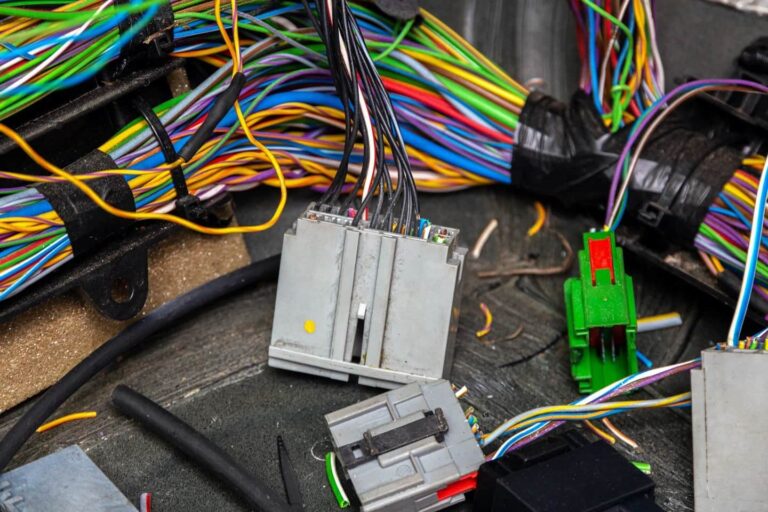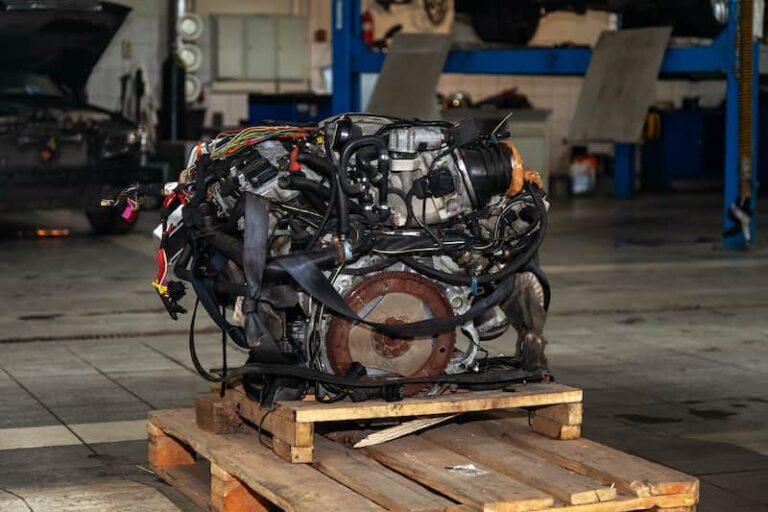One of the questions often asked about car parts is that Parts exchange can get confounded. They are possibly recorded as exchangeable when they are straight up bolt-in trades, which for a shop is great, however for a home repairman, or a task isn’t basic. Are car parts interchangeable? The answer is parts exchange can be messy. They are possibly considered exchangeable when they are straight up bolt-in trades, which is okay for a shop, however, for a “home mechanic” or a complicated task.
Though most industries and brands are now promoting interchangeable parts, they are now facilitating interchangeability. Still, the parts can not be changed across brands, and many cars do not allow it.
To find out the right parts or interchangeable, there are certain things you need to know, and we have listed them all here.
Table of Contents
ToggleVIN and Part Number
VIN is a 17 character combination of numbers and letters unique for every vehicle. It contains data about interesting highlights, the maker, and vehicle details.
Vehicles fabricated before 1981 have VINs somewhere in the range of 11 and 17 characters. Along these lines, data about them might be restricted.
Only one out of every odd part has its part number, yet the vast majority of them do. A PN, P/N, part #, or part no. Distinguishes a section without question inside one brand, or maybe across a few brands. Like the VIN, it contains data about the part type, its aspects, shading, shape, and whatever else that may be significant.
Information like the year, make, and model of a vehicle are required yet not explicit enough to track down a viable part.
ACES and PIES
ACES stands for Aftermarket Catalog Exchange Standard (ACES), and PIES stands for Product Information Exchange Standard. These are used to ensure that the parts are of the highest quality.
The ACES standard is the scaffold between a section number and a particular vehicle. It incorporates all the data referenced above, for example, the vehicle year, make, model, part type, part number, brand, and other fitment information.
One of the ACES social data sets is the Vehicle Configuration Database (VCdb). It contains around 60,000 vehicle designs for light, medium, and rock-solid vehicles sold in the Chile, USA, Canada, Mexico and Columbia. Each month, this data set is refreshed with new vehicle designs added or old ones killed as they enter and leave the market.
On the other hand, PIES handles item information. It contains more than 20,000 sorts of items separated into 25 classes.
PIES is routinely refreshed as new data arise and old information becomes old like the previously mentioned norm. PIES doesn’t command a membership. However, a few data sets attached to PIES are accessible for a charge.
ACES and PIES are created to be utilized together. A post-retail retailer can utilize ACES to conclude whether a part fits a particular vehicle and PIES to decide further. These guidelines are significant instruments in the auto secondary selling industry since they further develop web-based requesting precision.
Catalog Holes
At the point when fitment information is absent from a list, this is known as a ‘Catalog Hole.’ If a potential client attempts to observe a section or an adornment in the list, they will not get any outcomes. Index openings are one of the essential purposes behind the loss of deals and why staying up with the latest is significant.
A catalogue hole typically happens to assume a section or an adornment is set apart as having a place with a vehicle that has been taken out or re-imagined. In such cases, the part is marked as invalid, and a client can’t track down it. Also, custom accessories and parts might not have been gone into any list yet.
